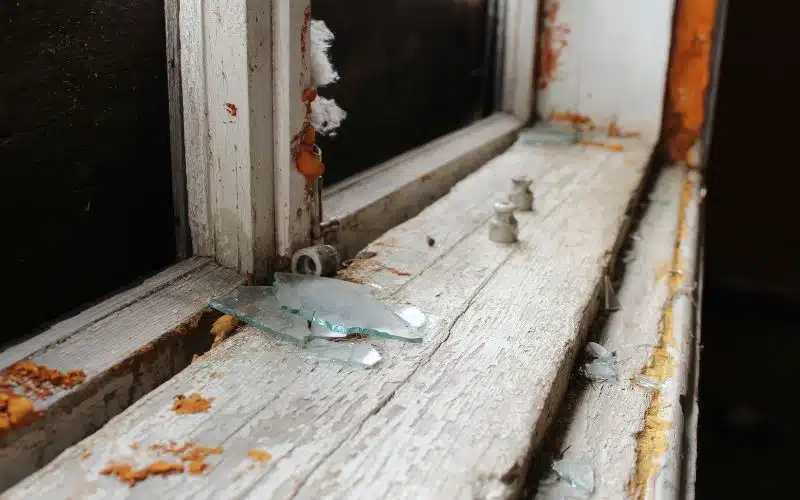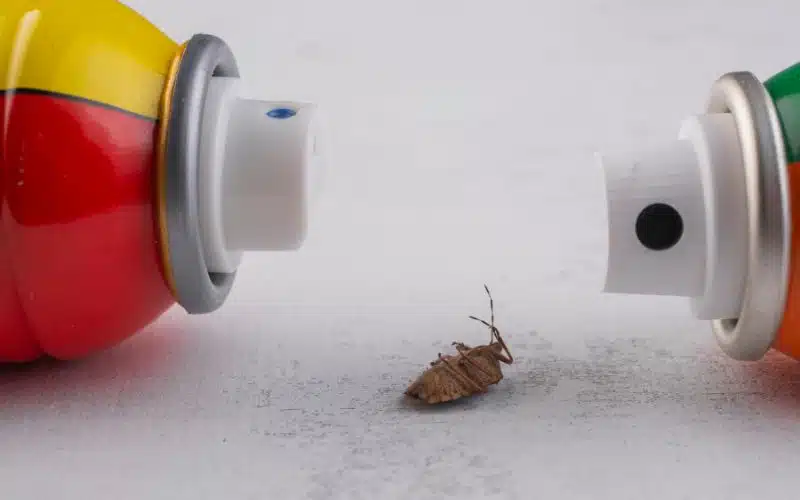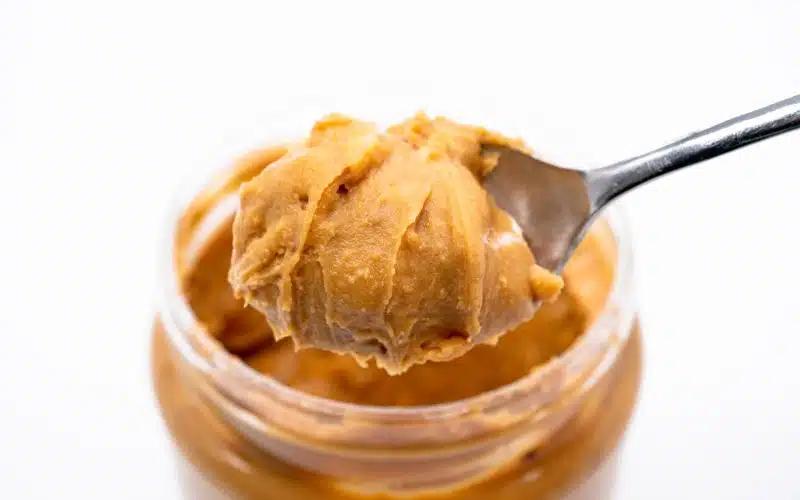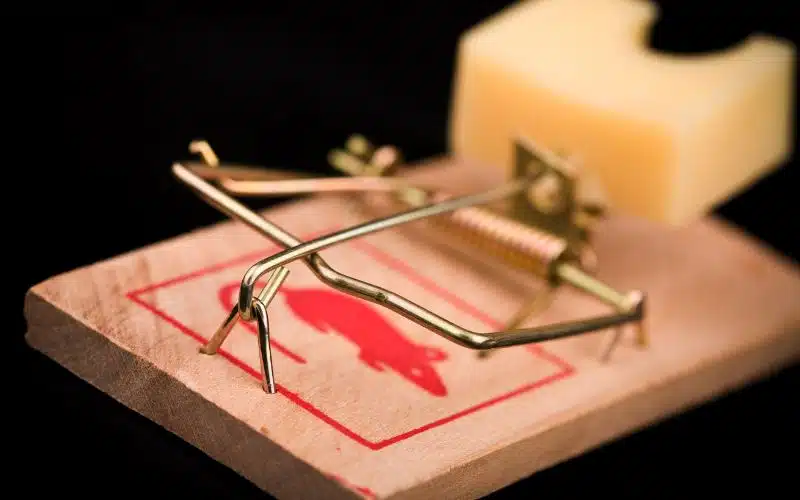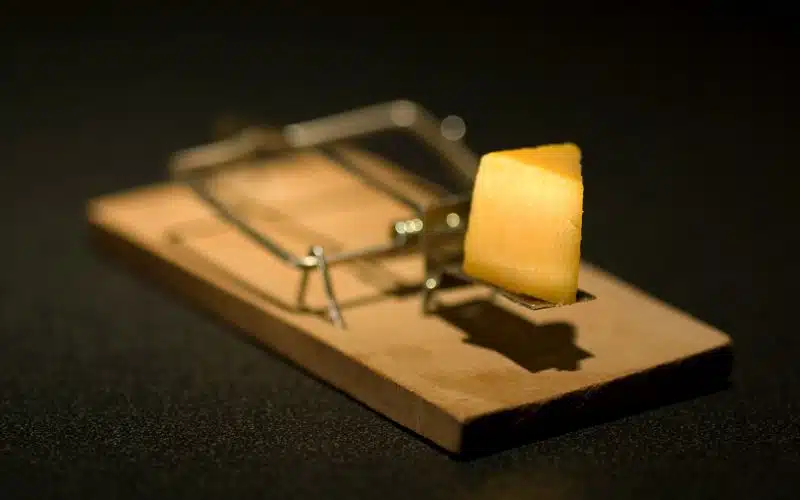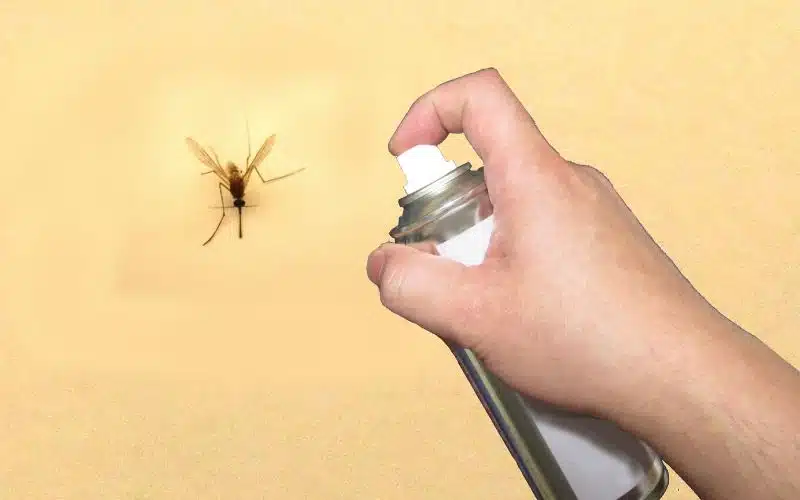It has become conventional in many households to experience mice infestations.
Hence, most people turn to mouse traps to help them eliminate these mice or reduce their numbers, and mouse glue traps seem like a preferred option for them.
It is uncomplicated to use and quite useful. However, a question that bothers many today is if they can reuse these glue traps.
While it is possible to reuse mouse glue traps, it’s essential to be careful. They may lose their effectiveness after a second trial. Since cleaning them thoroughly after a mouse is caught is impossible, you’ll likely be breeding pathogens without knowing. Moreover, these glue traps are made disposable, so feel free to throw them out after the first use.
Is It Okay to Reuse Mouse Traps?
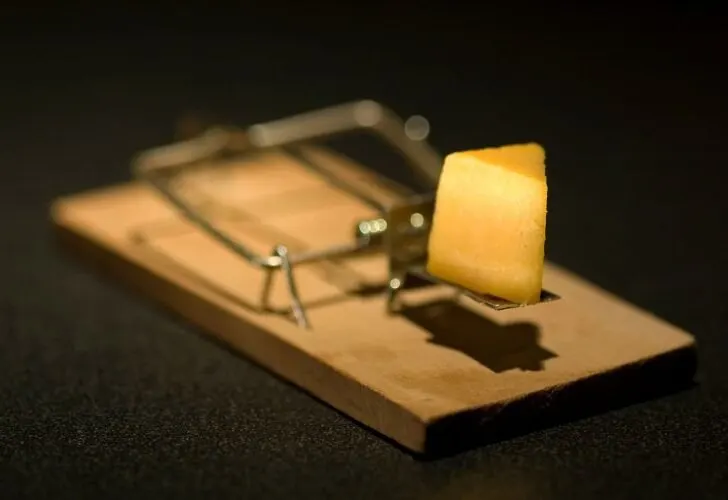
It is okay to reuse mouse traps, but it solely depends on which one you’re using.
But above all, reusing these mouse traps requires proper cleaning to avoid spreading germs and contaminating your house.
Below are the different types of mouse traps and their reusability status.
#1. Electronic mouse trap
Highly effective and can be reused multiple times. You only have to clean them thoroughly, which isn’t tough.
#2. Catch alive traps
As the name suggests, this trap catches mice alive, so there aren’t many challenges involved. It’s a cage that traps animals alive and is easy to clean, so it is very reusable.
#3. Snap Traps
These mouse traps are convenient, and the plastic type is a better option. It is also reusable like others but should be frequently checked upon and cleaned since it kills mice in one go.
#4. Glue traps
Unlike other mouse traps, glue traps use glue, so it isn’t entirely reliable for reuse as they lose their efficacy and might not hold mice as actively as they used to. It’s best to dispose of them after the first catch.
When it catches a mouse for the first time, since it’s new, the mouse tries to wriggle its way out, turning around and getting more glue on its skin.
It could also end up urinating on the trap or dropping its saliva, which is harmful to humans, making it necessary to get rid of mice in homes.
Its waste products and saliva can cause hantavirus, so it’s best to avoid reusing them. Besides, the glue reduces after the first trial since it would be cleaned.
Hence there’s a high possibility that mice can get out of this trap the second or third time it’s trapped.
While reusing has advantages like saving cost and enticing more mice due to the previous mice scent, it has disadvantages too.
You have a messy cleanup to do, deal with germs accumulation, and the trap may experience slight damage, which can cause the mice to run off next time.
How Do You Clean Mouse Glue Traps?
If you still wish to reuse a mouse glue trap after the first trial, it’s crucial to clean it. Below are ways to do that and the materials you’ll be needing for this.
Wear a protective glove before touching the used glue mouse trap to avoid picking up pathogens or germs on the trap board.
Also, wear long-sleeved shirts to cover your entire arm. It’s okay to wash them later, but do that with antiseptic to keep them clean. Other protective gears are:
- HEPA nose masks to reduce the germs and dust you breathe in from that mouse trap.
- Trash bags to dispose of the dead mouse immediately.
- Disposable sponge.
- Disinfectant (Vinegar and water)
You must adhere to the steps below to carry out this procedure.
#1. Step 1
Remove the dead mouse on the glue board and any of its carcasses. Ensure to do this while wearing gloves but before removing the mouse, spread disinfectant around that area and then discard the dead rodent into a trash bag and seal it.
#2. Step 2
After the disposal, the glue trap will likely be covered in blood, saliva, and maybe fur from the mice.
Use the disposable sponge to scrub the board and allow the trap board to dry but don’t keep it outside for the sun to do that as it could dry up the glue.
And don’t forget to replace the previous bait frequently to help you catch more mice.
#3. Step 3
The scent of the dead mice might leave a lingering odor in that area, and you may feel tempted to clean it by sweeping or vacuuming.
#4. Step 4
But that isn’t advised; it could spread pathogens. The best option is to disinfect that area and leave it for around 20 minutes to dissolve any biological and toxic residue.
After that, you can now clean the area with a disposable material and spread disinfectant again just to be safe.
How Long Can You Use One Mouse Glue Trap For?
Ideally, it is recommended not to use a mouse glue trap for more than 30 days.
However, before those 30 days, you may notice your trap board is covered with dust and insects or isn’t as effective as it used to be, meaning it can’t trap mice efficiently.
When this happens, you should replace the mouse board. The cleaner your glue trap board is, the more effectively it works, so prioritize cleaning after removing a mouse.
Glue traps are used primarily because of their efficacy since their glue is strong enough to trap mice indefinitely until they die. Hence, a replacement is needed when you notice its power begins to wear.
Do Mice Know to Avoid Glue Traps?
Mice do not directly know how to avoid glue traps, but they have an acute sense of smell, so they run away when they feel threatened by any offensive odor.
These rodents are not smart enough to detect when there’s a trap for them, so they don’t know how to avoid the glue traps initially, but below are reasons explaining why mice avoid these mouse traps.
#1. Trap Shyness
Some mice can escape from glue traps, especially if it’s worn out, which forces them to become trap shy.
Injuries and ugly experiences endured previously make them more sensitive to anything they feel looks like a threat or bait.
Moreover, mice are more clever than rats; they value their lives above everything and are quick to run once they sense they’re in danger.
#2. Repulsive Smell
An offensive odor of blood from dead mice or even rats caught in these glue traps can scare the mice away. Such a scent is repulsive, and they don’t feel comfortable in such areas.
It’s best to avoid using the same glue trap you used for mice for rats as a mouse is timid and afraid of rats since they’re more aggressive.
When a mouse perceives a rat’s scent coming from that trap’s location, it doesn’t know there’s a glue trap placed there. But it will believe there’s a rat there and hence runs away.
#3. Bad Trap Stationing
Mice love moving in closed spaces next to walls, so if you place the trap in open locations, you won’t trap any mice.
It is crucial to set the trap well to enable you to trap these rodents since it’s rare to find a mouse trapped in a mouse board located in an open room.
#4. Unappealing Bait
Mice may like cheese but are also attracted to seeds and nuts. Placing unattractive baits on the trap doesn’t entice them, so they’ll avoid it. But once they see something they like, they’ll surely fall for it.
Are Mouse Glue Traps Illegal?
Many countries like the U.S consider mouse glue traps illegal. And other countries like Iceland, Australia, Germany, etc., ban these glue traps because they believe them to be cruel.
Some reasons why glue traps are considered illegal in various countries are:
- They are a brutal way to kill mice since they leave this rodent suffocated and starved. A mouse can twist its neck, lose its skin or bite its legs to escape, leading to an excruciating death.
- Glue traps are indiscriminate as they can trap other creatures or even pets, which requires intense effort to remove the glue.
- They are harmful to humans because these traps contain mice’s saliva, blood, or urine, and some individuals may forget to wear protective gear when cleaning the mouse boards. Hence, they’re vulnerable to germs and pathogens.
Final Thoughts
Living in mice-infested areas is uncomfortable, so many rely on mousetraps to eliminate these rodents.
However, it isn’t recommended to reuse glue mouse boards; they’re made disposable, so you should discard them after the first use.
If you wish to reuse mouse traps, you should go for other options because they’re more reusable & not as cruel as glue traps.
